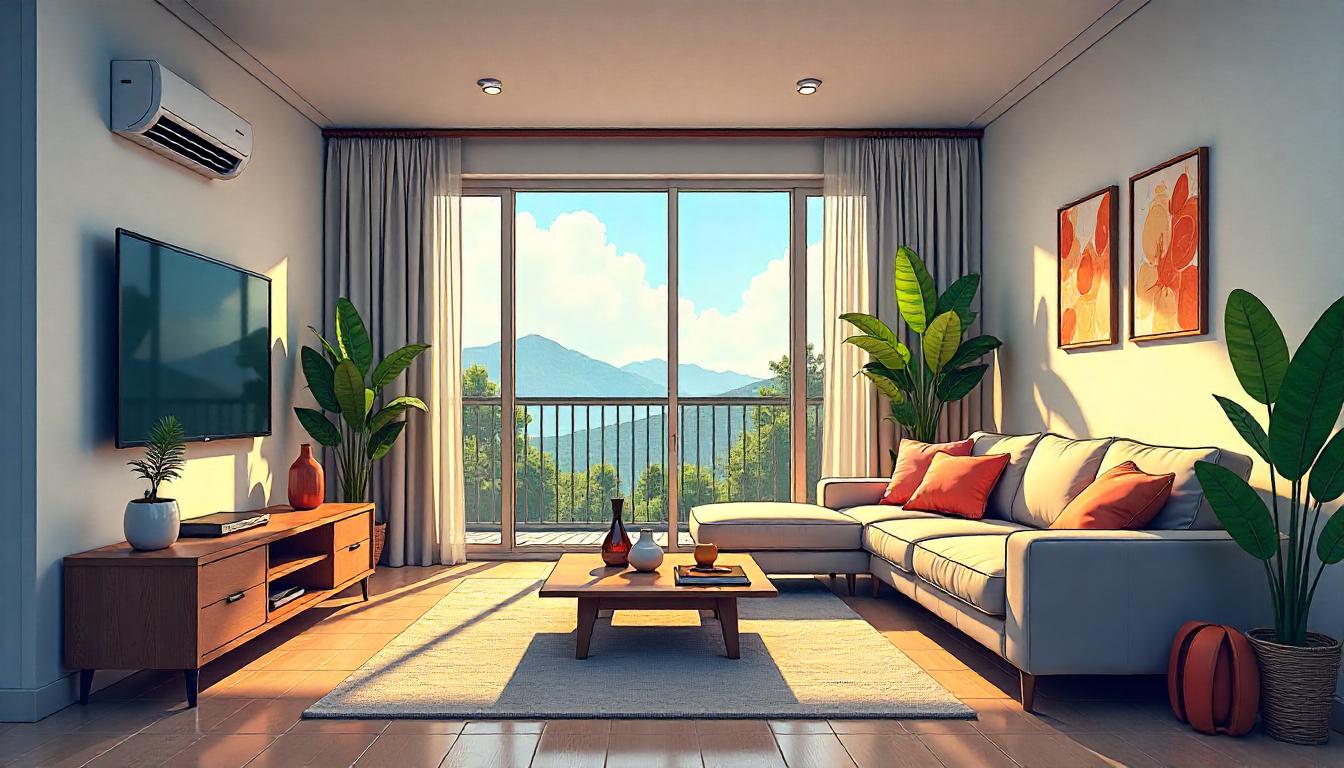
A roof is an essential part of the house, and it could be such a massive headache for you as a homeowner or tenant when you have to deal with roofing problems. Whether they are minor leaks or huge cracks, they both require repairs, and your experience with specialists might get sordid if you cannot get a roofing contractor that can do a satisfactory job.
Roofing problems have a way of creeping up on you when you least expect it. More reason you need to know the types of roofing problems you are dealing with and how to fix them yourselves if you can manage them.
Clogged Gutters
This roofing problem has caused many homeowners to replace the gutter area on their roofs completely. Therefore, you should continually check your gutters for any clogs, broken twigs that may block water passage, which could seep into roof areas and cause rot or mold to build up. To fix clogged gutters, it is advisable that you routinely check them to remove dry leaves, debris and cover the opening to prevent twigs from falling into it at all.
Roof Leakages
This is the most common roof repair that you would have to deal with as a homeowner or tenant. The Atlanta roofing specialists at domroofing.com say that there will always be cracked flashing around chimney areas, in the shingle, close to vents and pipes, and within gutter areas. Because of the tricky nature of leakages and how they can spread too fast, you should book a free inspection appointment to help you find the leaky point and repair it immediately.
Pooled Water
During rainy periods, homeowners have to contend with seeping water from the roof, which could take a turn for worse if you have flat roofing. Pooled water also makes the roof areas damp, giving way for molds or dark spots to build up in several areas around the roof area. Pooled water can be frustrating, but when it happens you need to fix it as soon as you can. You need to build tapered areas over the roof surface to collect the water and runoff to fix it.
Snow and Ice Damages
The most havoc-wreaking problem you would have to deal with during winter is snow damage to the roof. When snow builds up on a rooftop, it forms ice that could lift flashing areas or shingles, leaving an expanded room for more water or snow to fall in. Also, ice sheaths on the roof could affect the room temperature even with a controlled HVAC system. To fix this, book a roofing inspection before winter to plug flashing points or replace faulty shingles. Also, make sure you have the right tools to sweep away snow from your roof before they melt and dampen the rooftop, causing more damage.
Cracks and Blisters
Roofs are susceptible to develop cracks, blisters, or ridges due to inadequate attic ventilation; this is why built-up roofs are the ones that have this kind of roofing problem. Cracks in the roof can also occur when there is an installation problem or the finishing is not professionally executed. To fix this, you will need to let in more ventilation areas, they shouldn’t be stuffy, and you can get a roofing specialist to help you create room for more air in your attic or fix the installation problem.
Punctures and Holes
A particular side of your roof can collapse on you without prior warning; this is made possible by woodpeckers drilling holes in the woods, creating flashing points and weakening roof support. Punctures on the roof can also be a result of a strong wind hurling branches, debris, or junk on your roof. This can be fixed with periodic inspection of your roof after a heavy wind or storm, check the wood support for any damages or if there are wood pests around, and replace these woods before they get worse.
Shrinkage
Roofing materials that are not solid sink in and cause deterioration, flashing or cracking of roofs, primarily affecting roofs covered with ethylene propylene diene terpolymer (EPDM), a synthetic rubber roofing membrane. A shrinking roof is usually due to a manufacturing defect or wrong application of the membrane, causing it to pull at the flashing of the roof resulting in cracks or tears around the affected roof areas. To fix this, call experts to repair or replace the roof before the cracks spread or it caves in totally.
Tree Damages
If you have shade, tree damages to the roof are something you have to deal with at a minimal scale through twigs clogging your gutter. On a large scale, when these trees rest their branches around your roof or whip your rooftop when swayed by the wind, it creates scratches, punctures, or cracks on your ceiling. To fix, cut overgrown tree branches, make sure it is far from your roof.
Poor Installation
When laying your roof, there is something called shoddy roofing which means they apply it poorly, and this sets you up for more expenses as it will give your roof short-term life expectancy when it collapses in. Also, poor installation includes bad finishing of the roofing, leading to the constant opening of flash areas allowing water to seep into your house. You are bound to have poor installation issues when the carpenter uses substandard roofing materials on your roof during construction. To fix this, hire qualified professionals to rectify the defects and take their advice on roof maintenance seriously.
Bad Maintenance Culture
A lousy maintenance culture leaves you exposed as a homeowner because when issues are detected quickly, they can be fixed before they escalate. The same thing applies to roofs, prioritize its maintenance and inspection, it could help you detect the issue at an early stage and be able to fix it with minimal expenses incurred, not when it escalates to an expensive repair.
Roofing problems can recur, which is why you should have an idea of what to do to fix them when you encounter them. I hope this helps!




